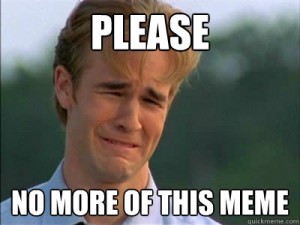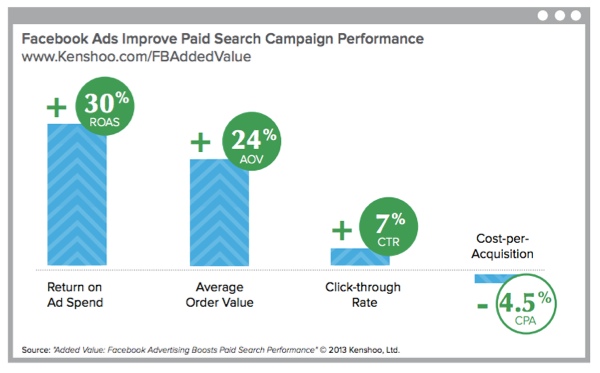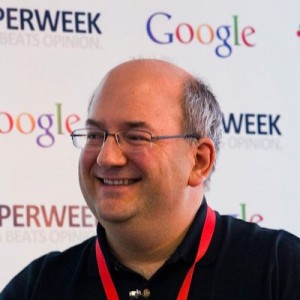
Source: WikiCommons
It’s that time of year yet again! Time for all the lists reflecting and analyzing the past year! This year Bing is one of the first sites to begin looking back at the past year, as it has released its most popular searches for 2013 lists. If you want to know who the most searched for sports stars, entertainment systems, or public personalities are, Bing has got you covered.
The big stand out this year is Beyoncé who topped two lists, winning the No. 1 position for most searched person of 2013 as well as the most searched musician. As usual, females dominated the list for most searched person, with the top five spots all going to women. The only men to make it onto the list were Justin Bieber (6) and President Barack Obama (10).
The more interesting information for marketers comes from the lists for the most searched for social media sites, most searched streaming sites, and the most searched entertainment electronics.
Facebook still has a strong grasp on the top spot on the most searched social media sites, but Pinterest has raised its profile considerably this year, making its debut on the Bing list in second place. The rest is as you would expect, with Twitter, Linkedin, and Instagram rounding out the top five. For social media marketers, this gives insight to where you should focus your energy, but remember that your marketing approach should always cater to the social platform you are engaging.
It is also notable that while the new iPhone has faced significant public criticism, it still came in second on the list for most searched entertainment electronics, falling behind the Xbox. Android was close behind, coming in third.
There are many more lists from Bing to look through, including the most searched for memes, foods, and travel destinations of the past year. While some of the lists are more anecdotally interesting than useful, you are sure to gain some insight into the public’s concerns and needs.

 Yesterday Facebook
Yesterday Facebook 

 Maybe Google really is listening. At long last, they have finally added one of the most requested features for AdWords by implementing the simple “Undo” function. It is exactly what it sounds like, basically backing up settings for all aspects of your account and keeping track of the changes you made. If you click the button, your campaign will return to the state it was at the specified time.
Maybe Google really is listening. At long last, they have finally added one of the most requested features for AdWords by implementing the simple “Undo” function. It is exactly what it sounds like, basically backing up settings for all aspects of your account and keeping track of the changes you made. If you click the button, your campaign will return to the state it was at the specified time.



